Findings have revealed the average rating for these types of properties is band D whilst most new builds boast a band A or B rating.
Ventilations solutions provider, Airflow, have recently published their results from a survey that examined the energy efficiency of social homes in comparison with other properties.
To conduct their research, experts looked into the energy efficiency and ventilation systems in social housing, as well as data from the Social Housing Residents Survey, which can be found in full here.
The study revealed that the current ventilation and insultation measures installed are preventing social homes from reaching certain energy efficiency goals – they are keeping them, on average, at 67.9 when they could be hitting 78.9.
Findings from the study have been published after Awaab’s Law received Royal Assent last summer, requiring social housing landlords to investigate and fix damp and mould in their properties within strict new time limits.
In addition to showcasing the fact social homes could become more energy efficient, which would help people save significant amounts on their energy bills, the study also revealed the top reasons that social housing residents were dissatisfied with their properties.
These include:
- Damp
- Mould
- Condensation
- Insulation
- Ventilation
Zooming in on this, it was highlighted that tenants were more than 11 times more likely to experience ventilation issues than plumbing problems and almost five times as likely to experience ventilation issues as heating problems.
‘Ensuring proper ventilation is essential in all homes, particularly social homes where the tenants are renting and unable to make structural changes to their living spaces, as poor ventilation can affect both the well-being of the occupants and the building itself,’ Alan Siggins, managing director of Airflow said. ‘Our recent study has highlighted a gap in the energy performance of these homes and the ventilation available in these properties, despite the known financial and health pitfalls. Inadequate ventilation can lead to a build-up of moisture, which fosters mould growth and creates an environment conducive to various health and respiratory issues.’
Alan added: ‘With the introduction of Awaab’s Law, landlords are now required to prevent growth and address existing issues in their social housing rental properties. Landlords can upgrade ventilation fans, install mechanical ventilation systems, and seal gaps that allow drafts, among other improvements. It will depend on the property, so thorough checks should be run.’
Image: Craig Davis
More on social housing:
Global accounts show record investment in social housing repairs despite problems




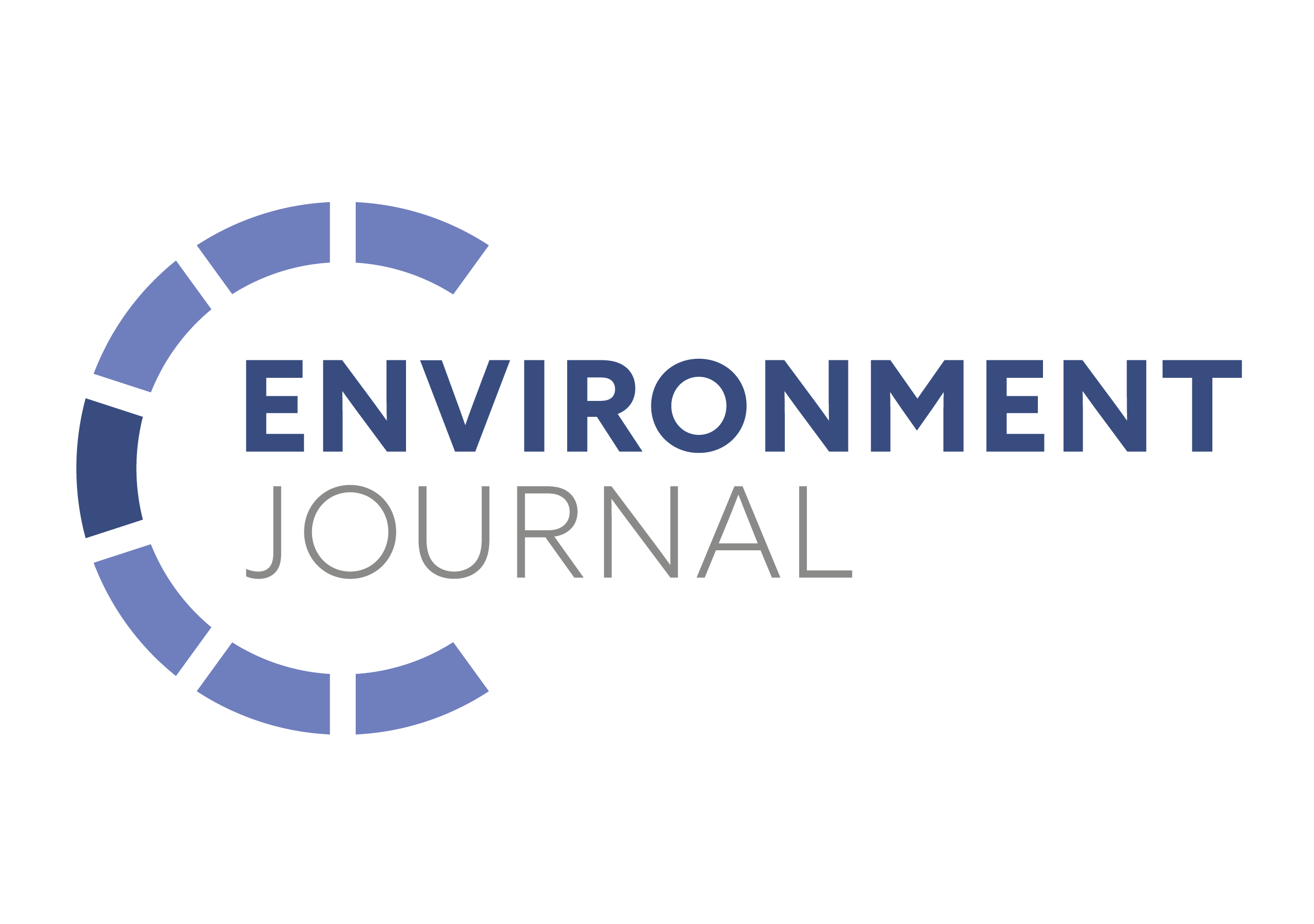






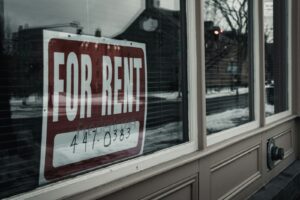

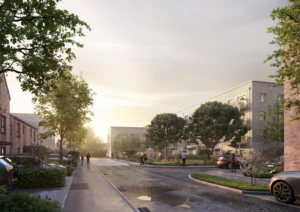

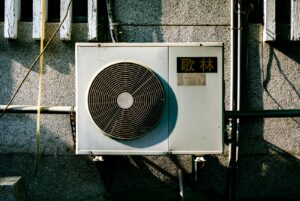
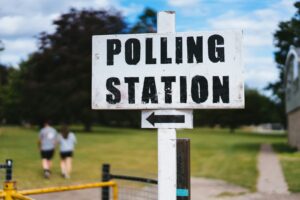
Leave a Reply